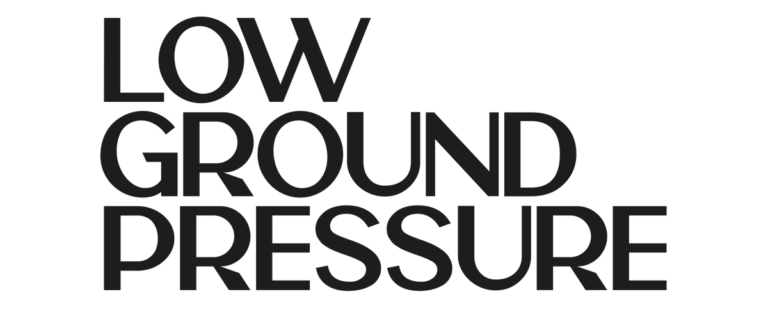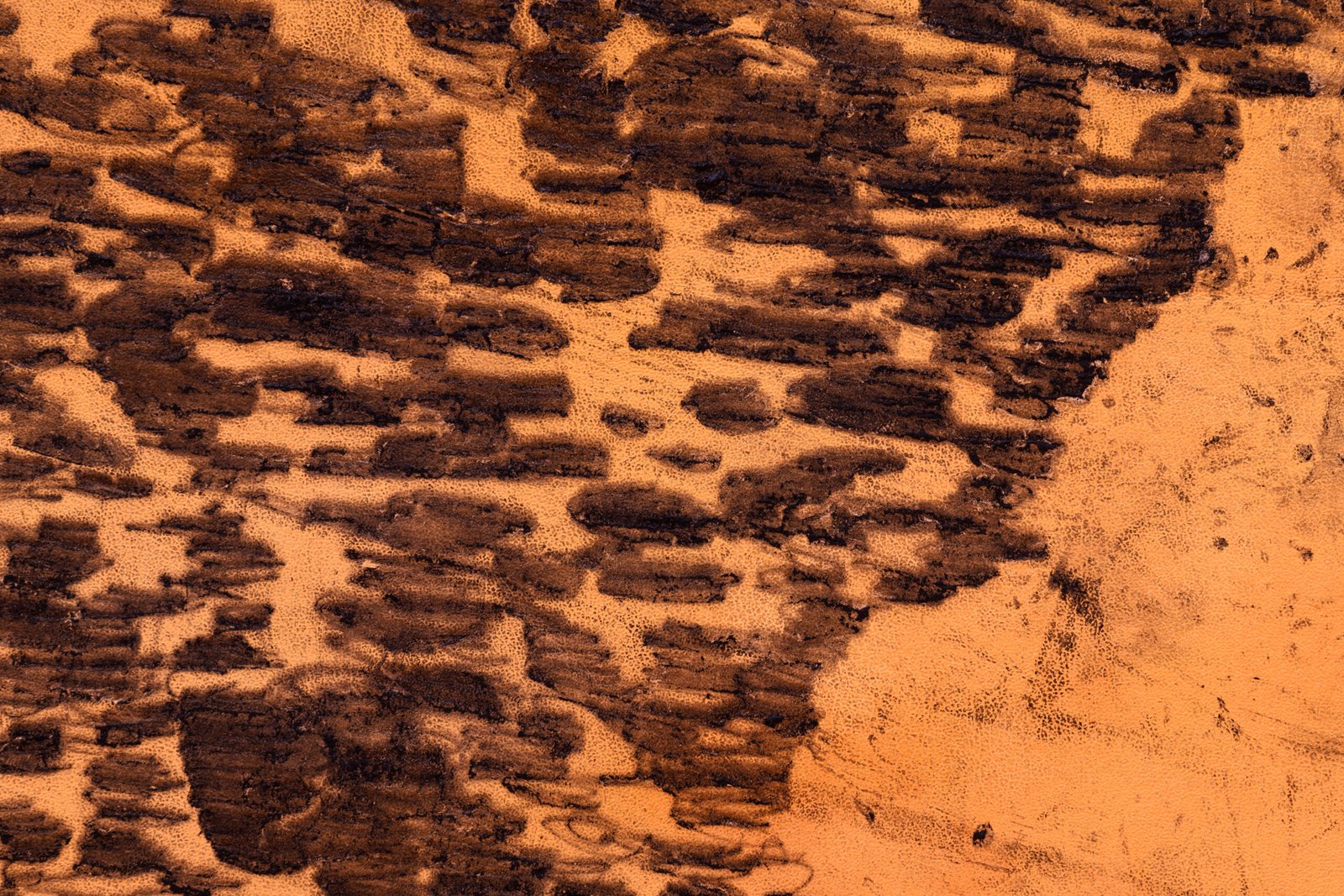
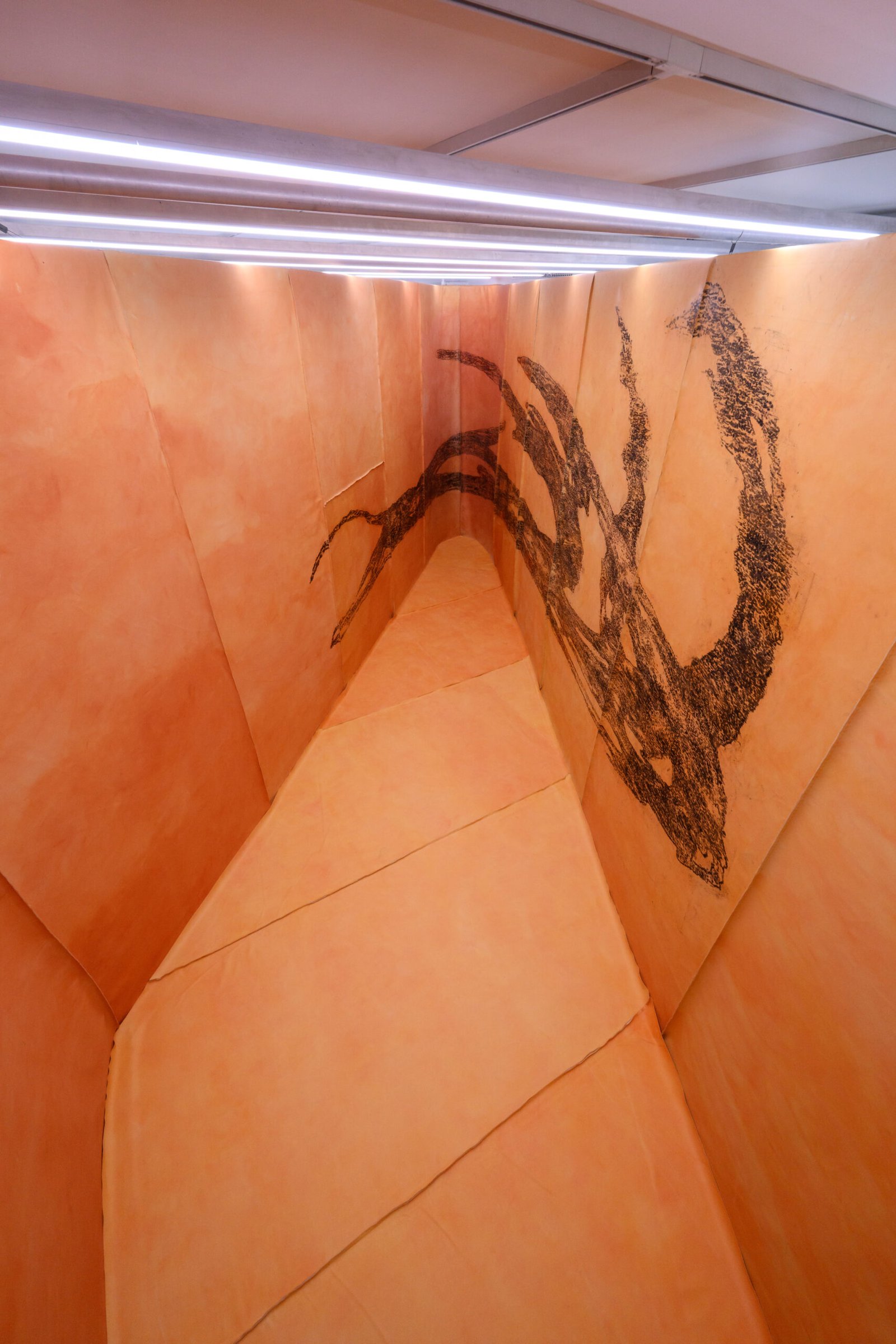
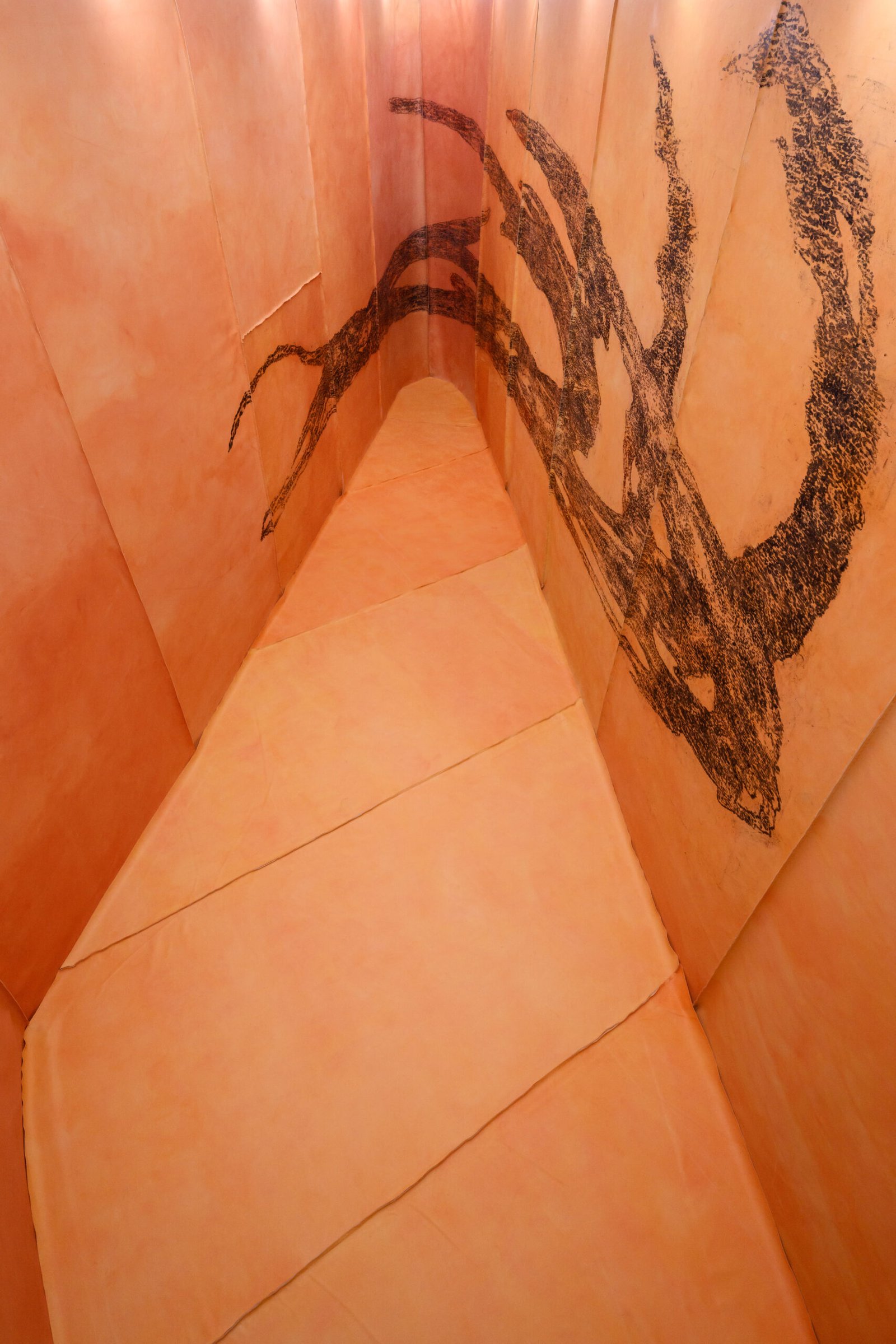
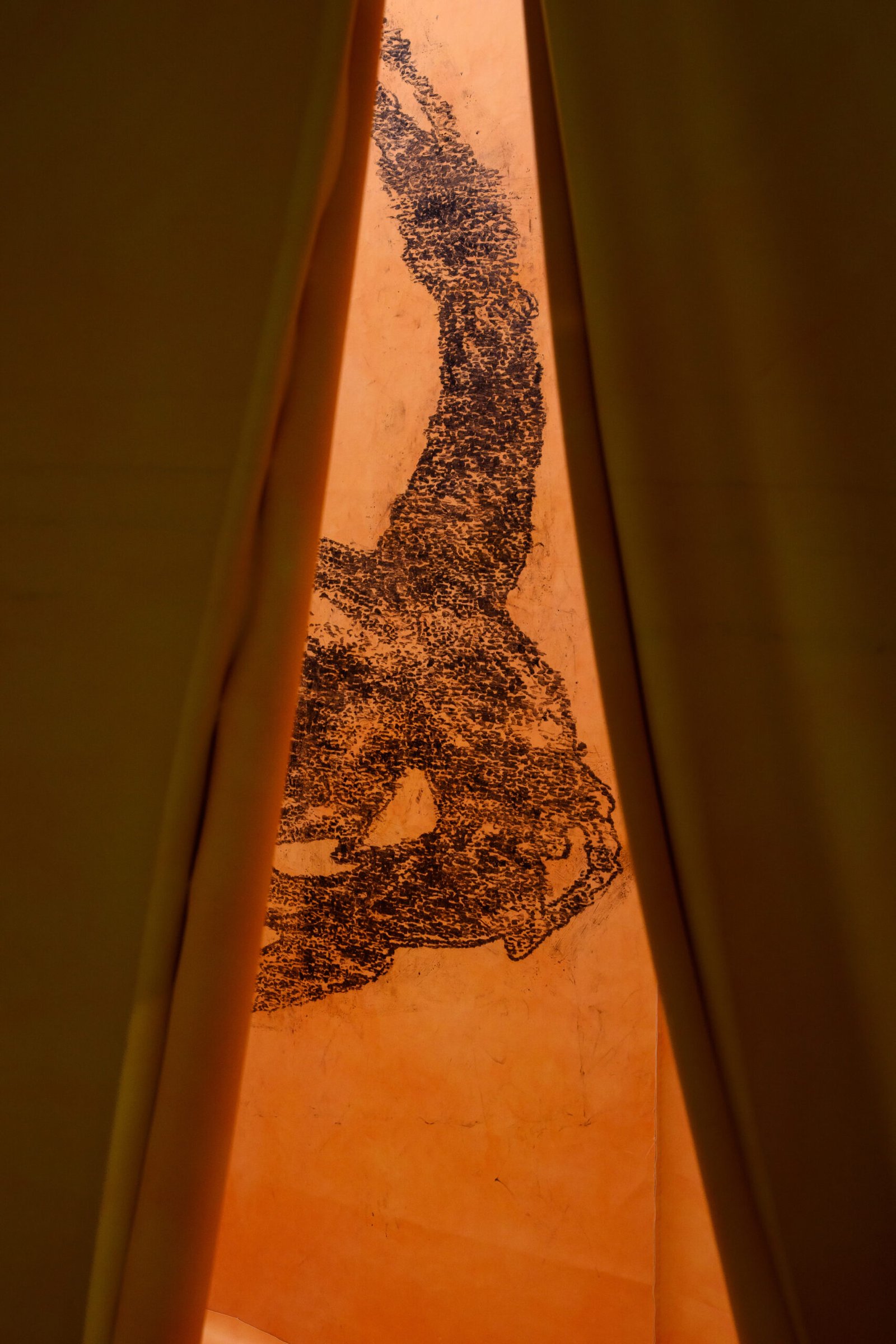
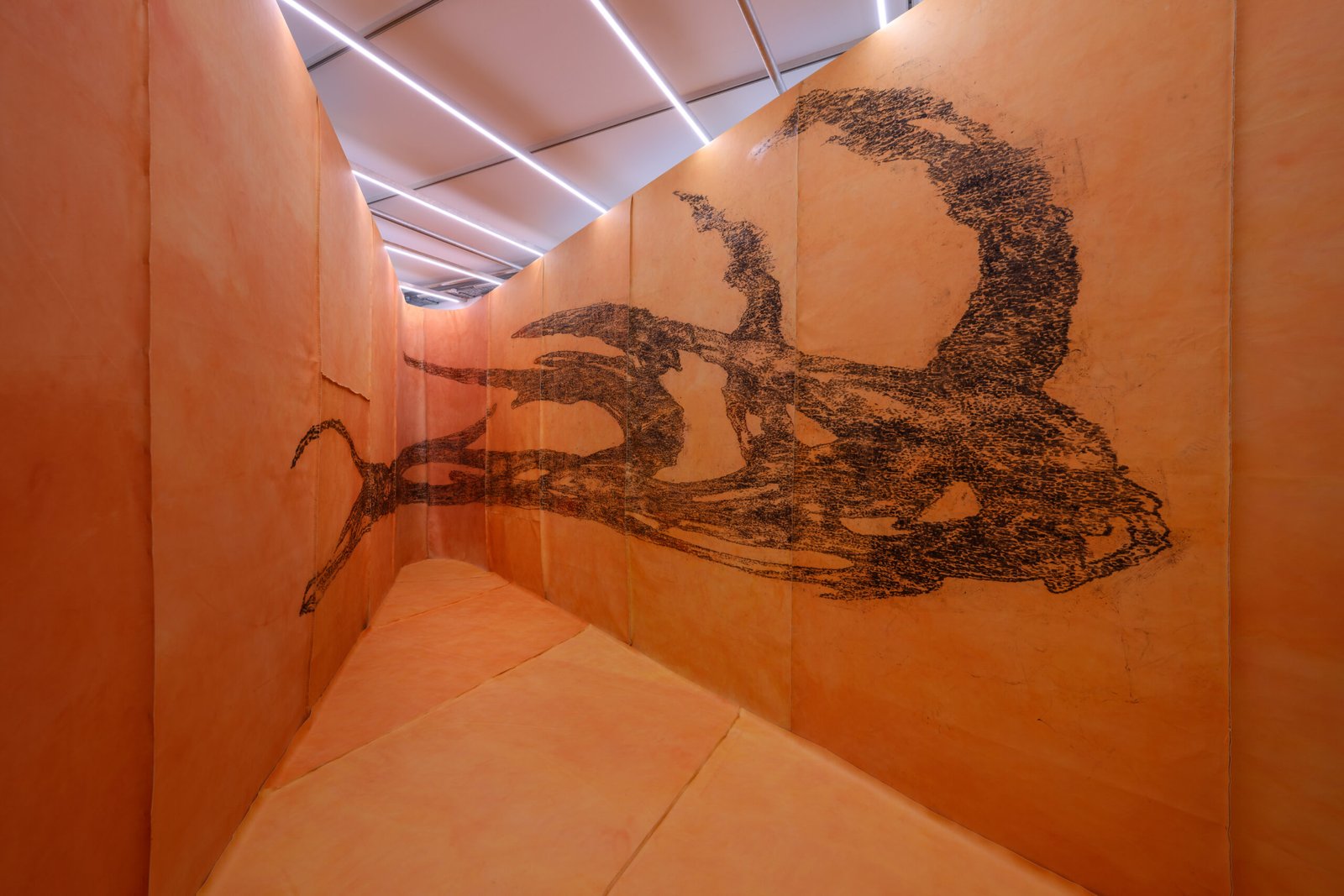
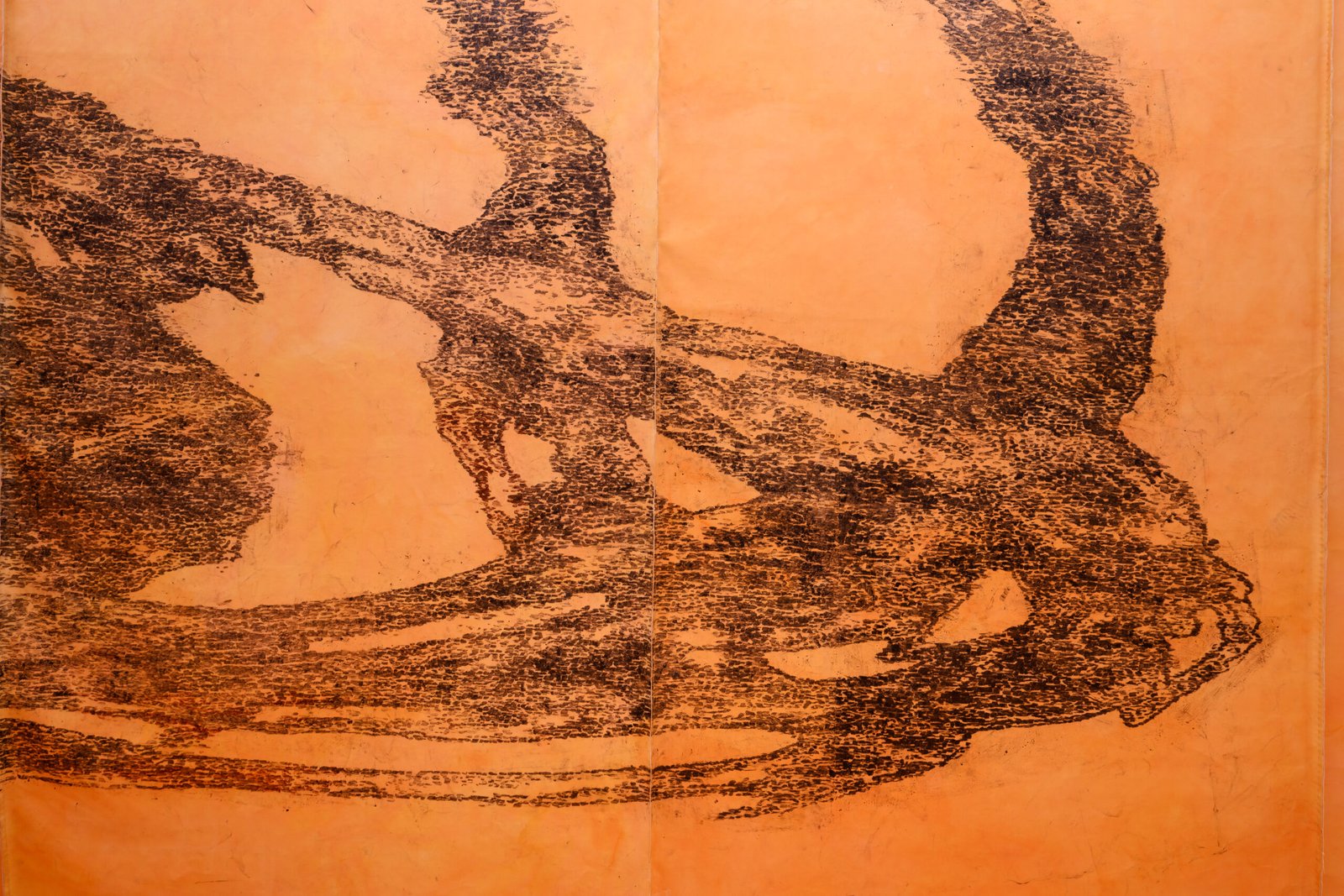
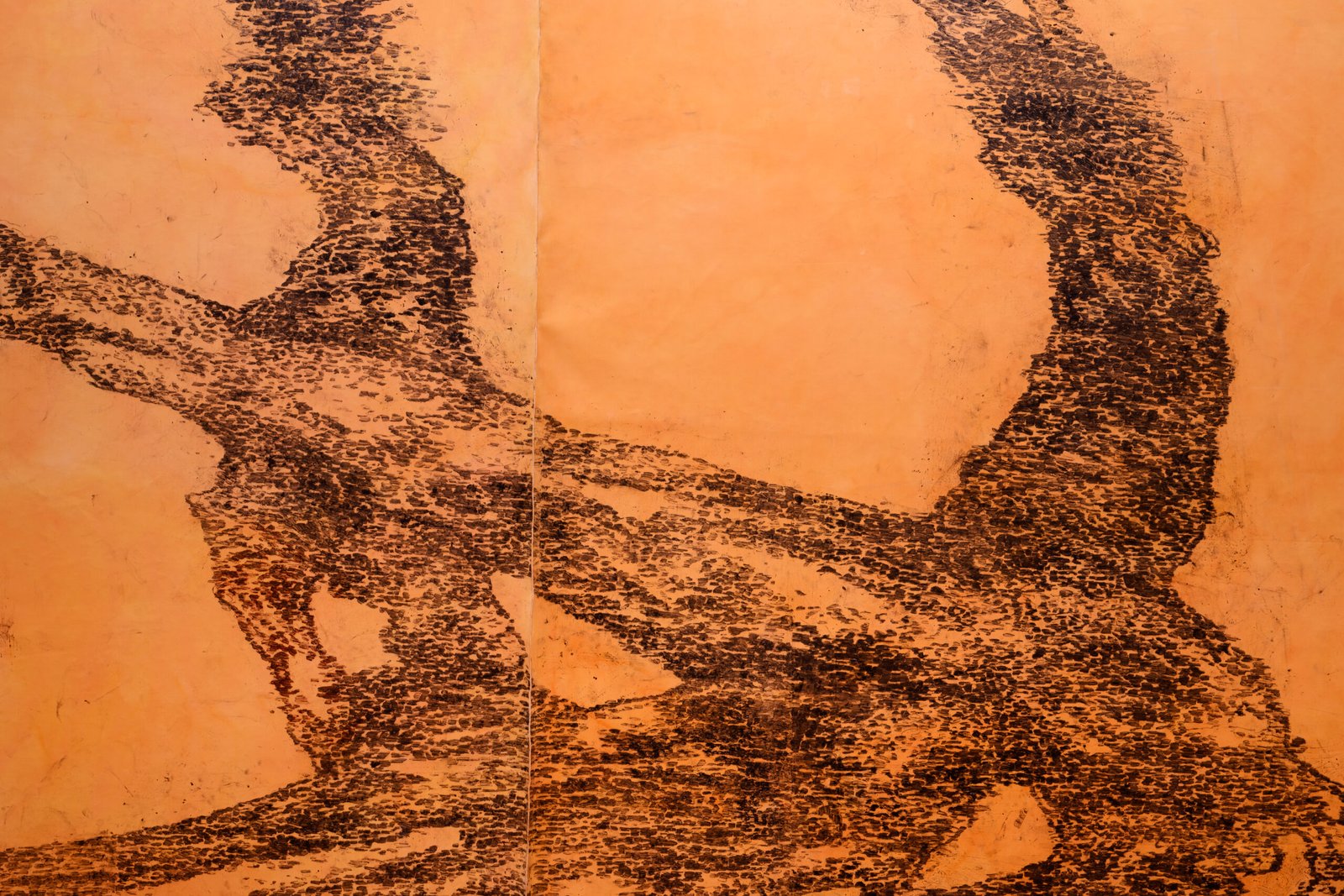
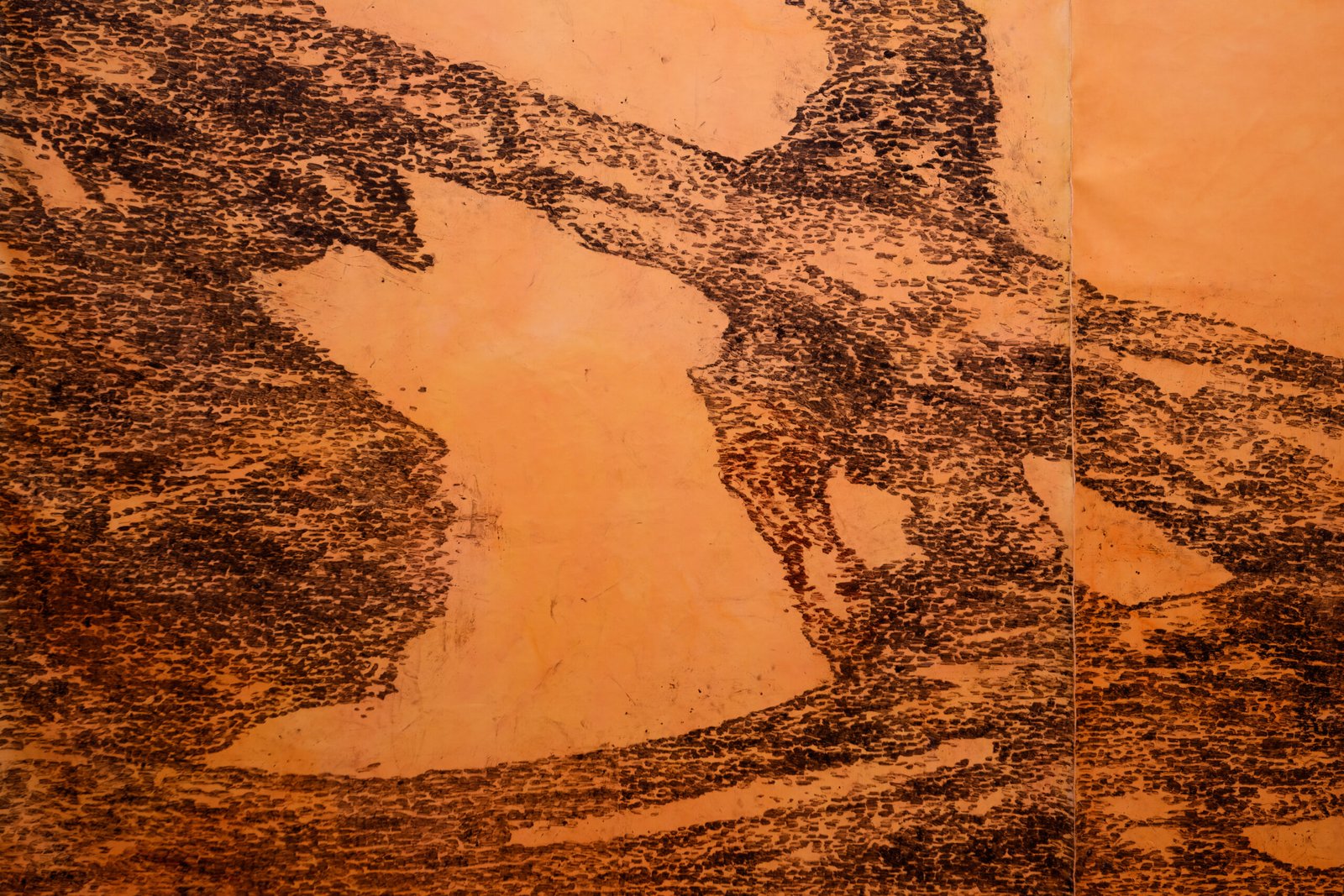
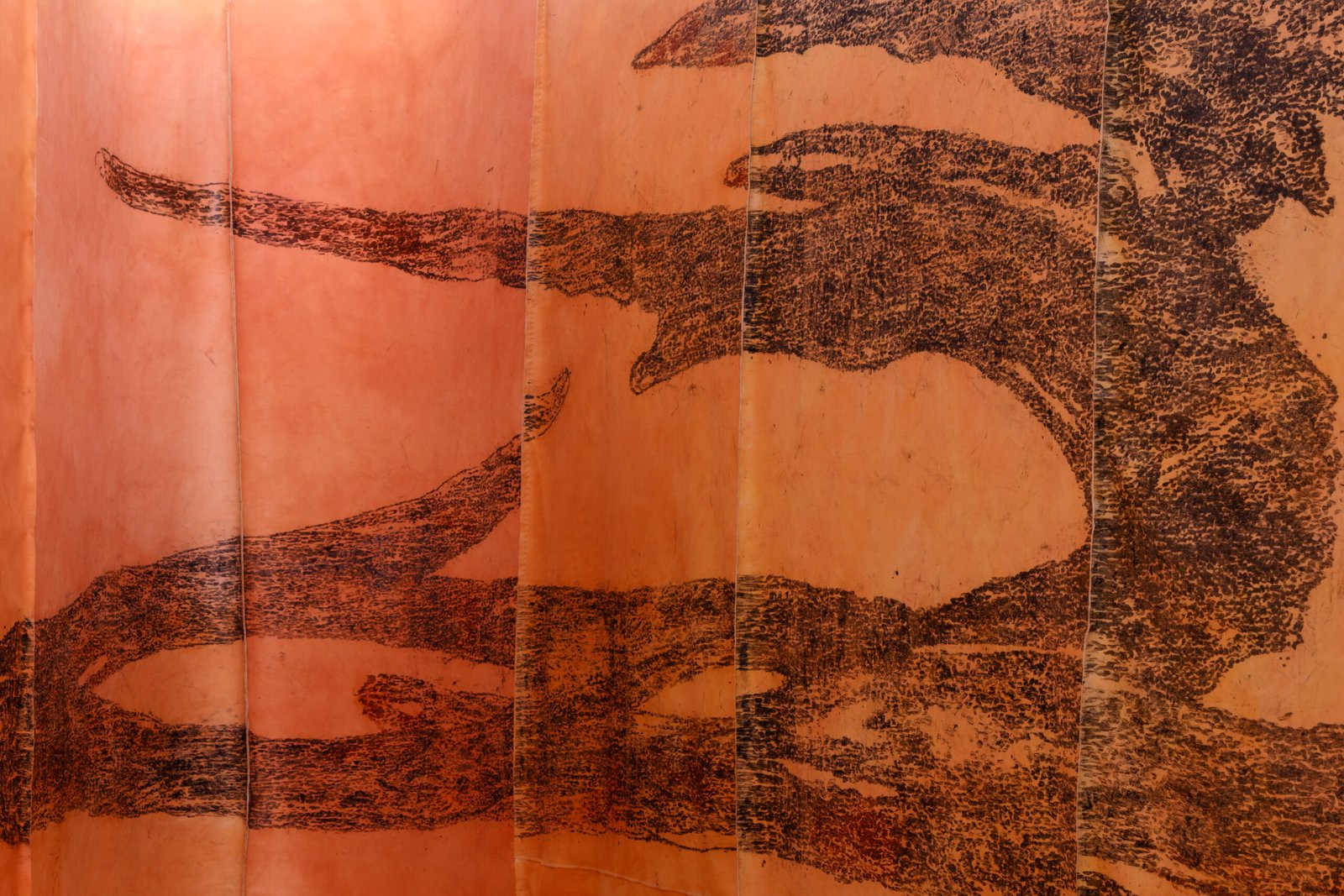
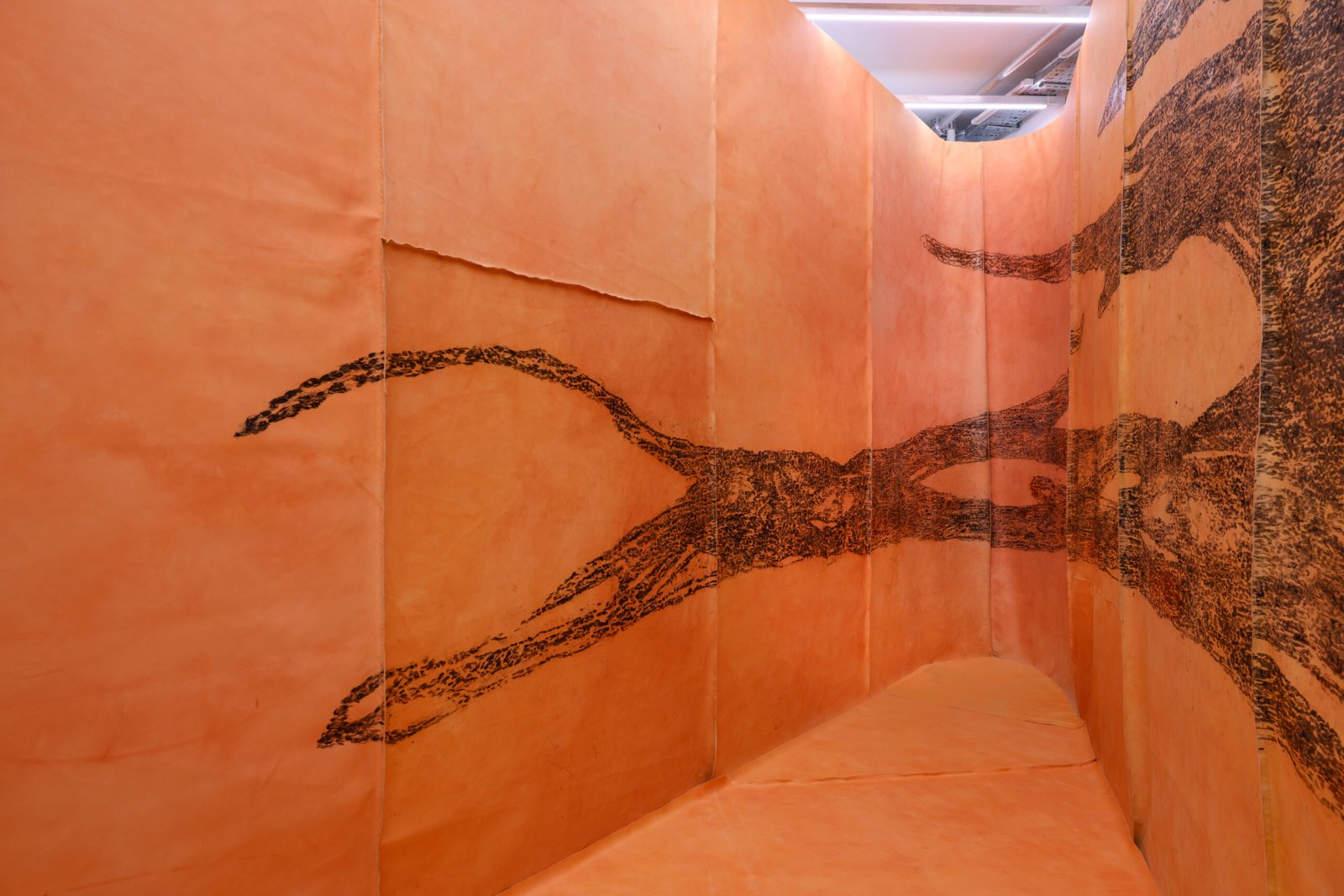
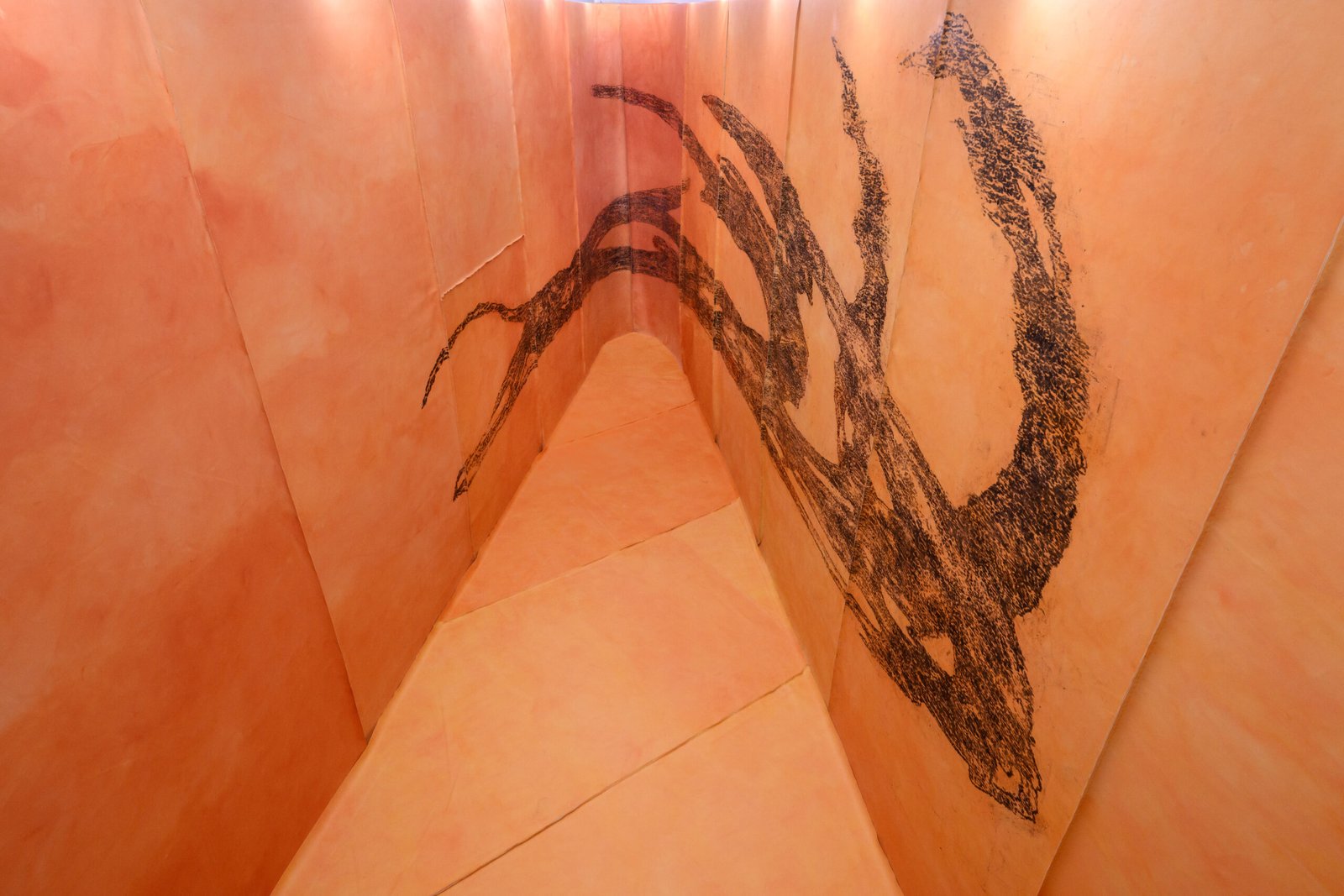
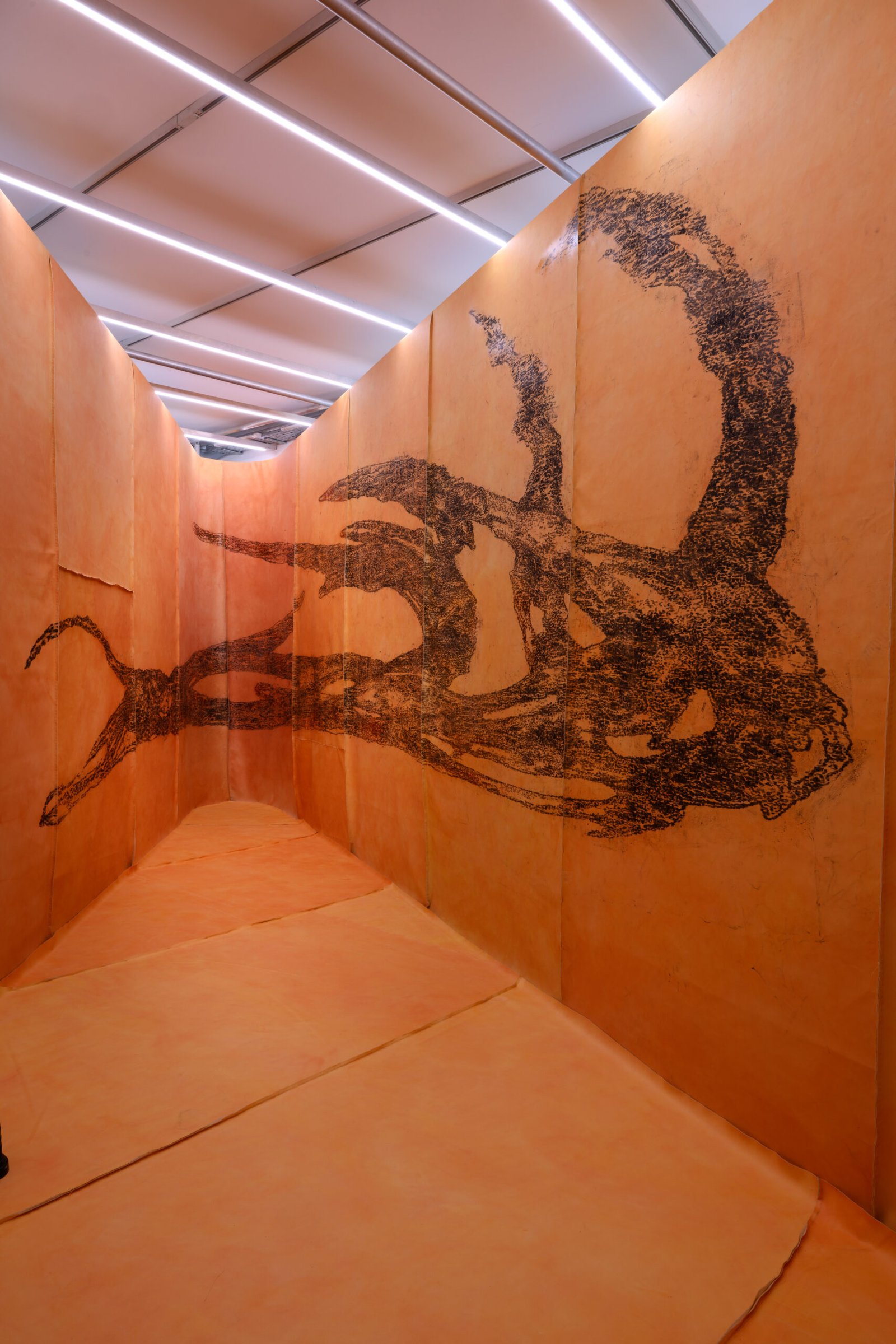
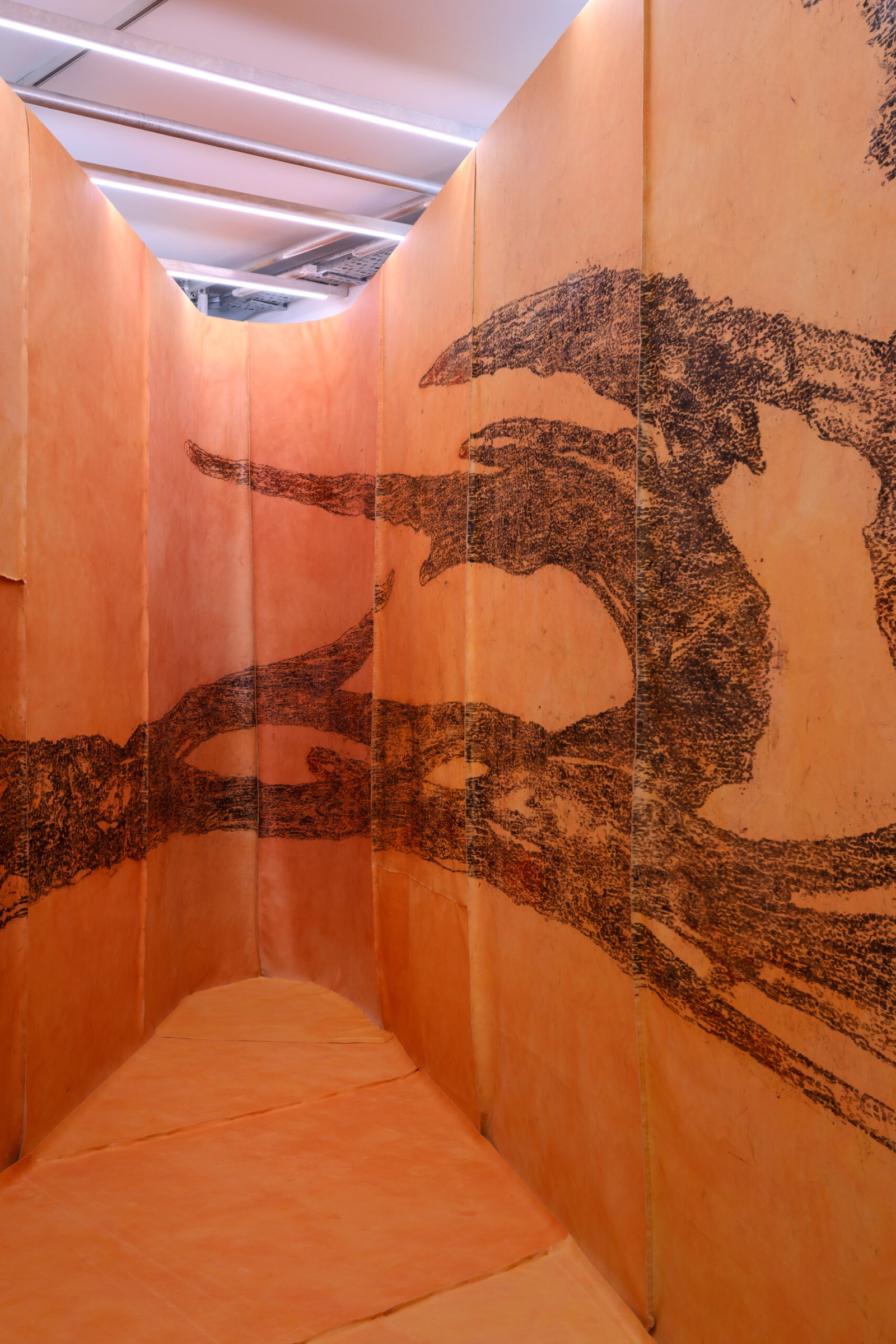
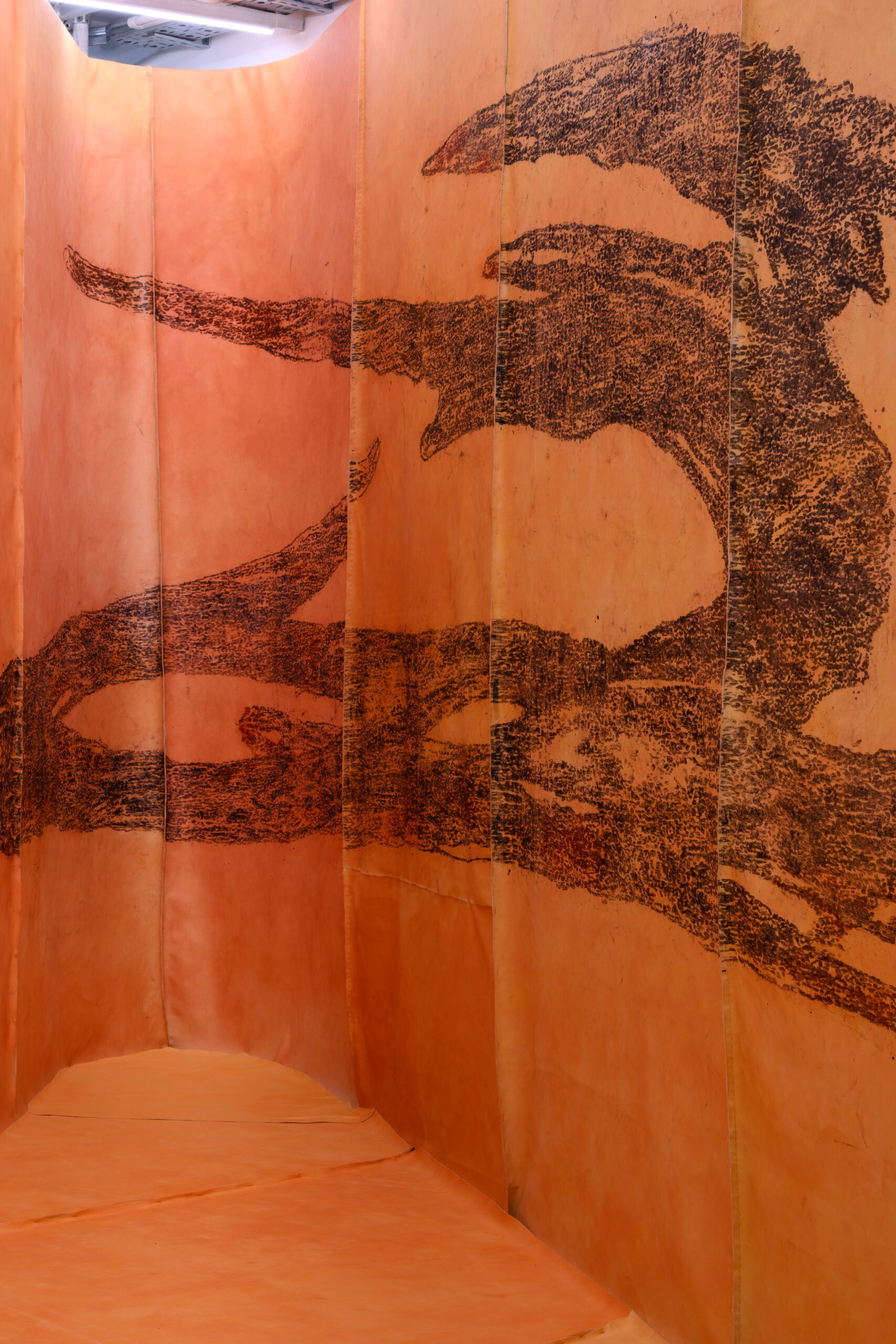
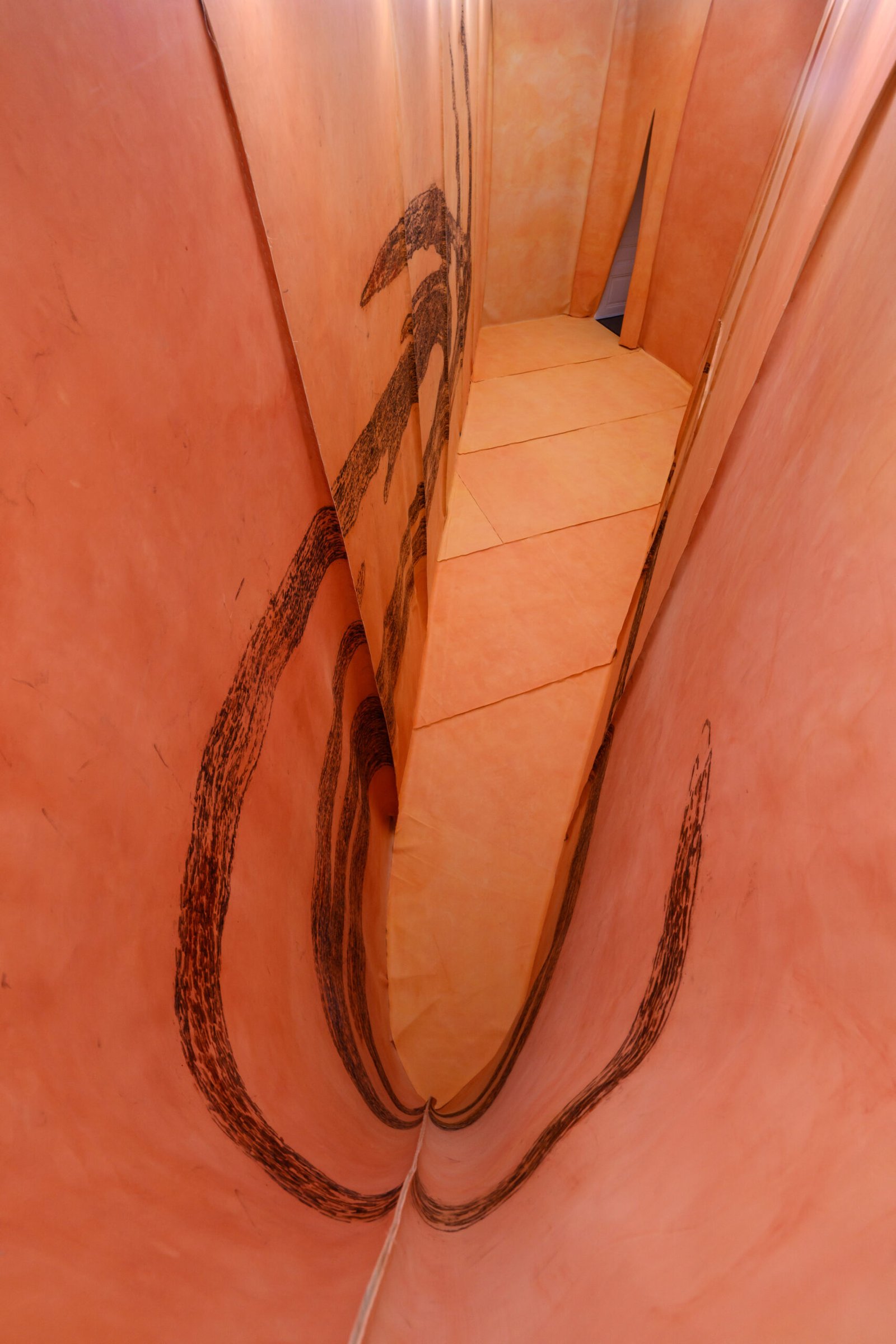
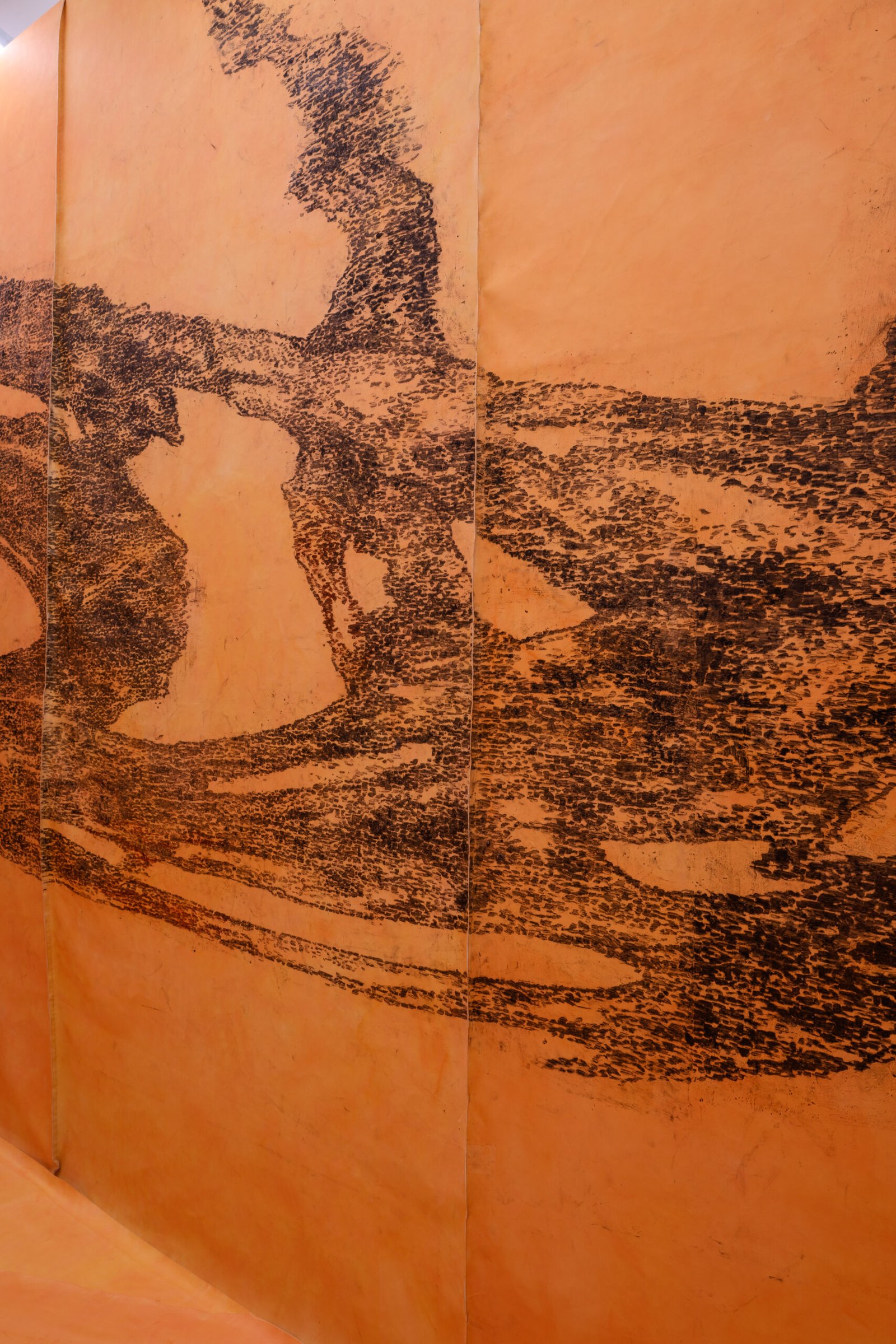
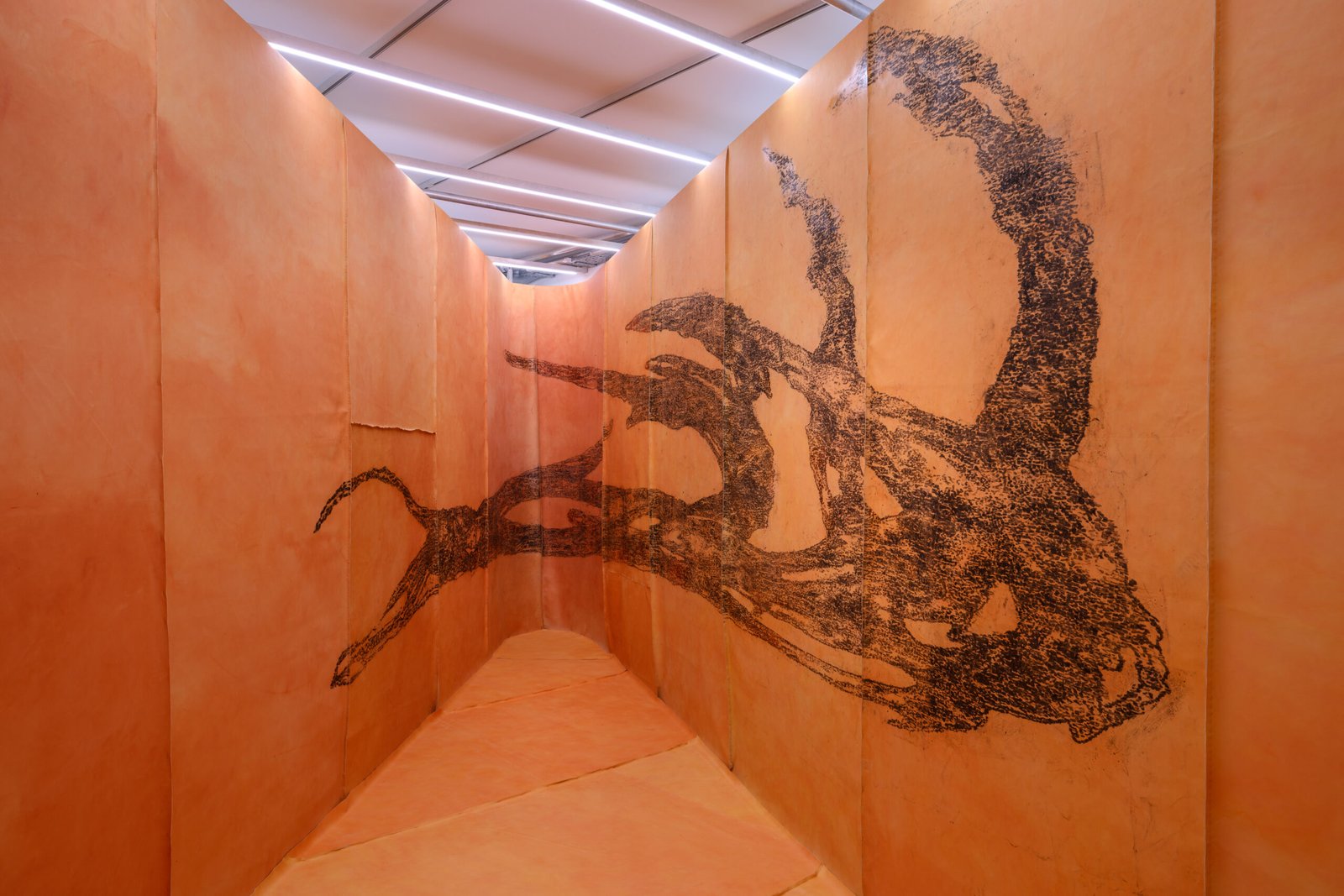
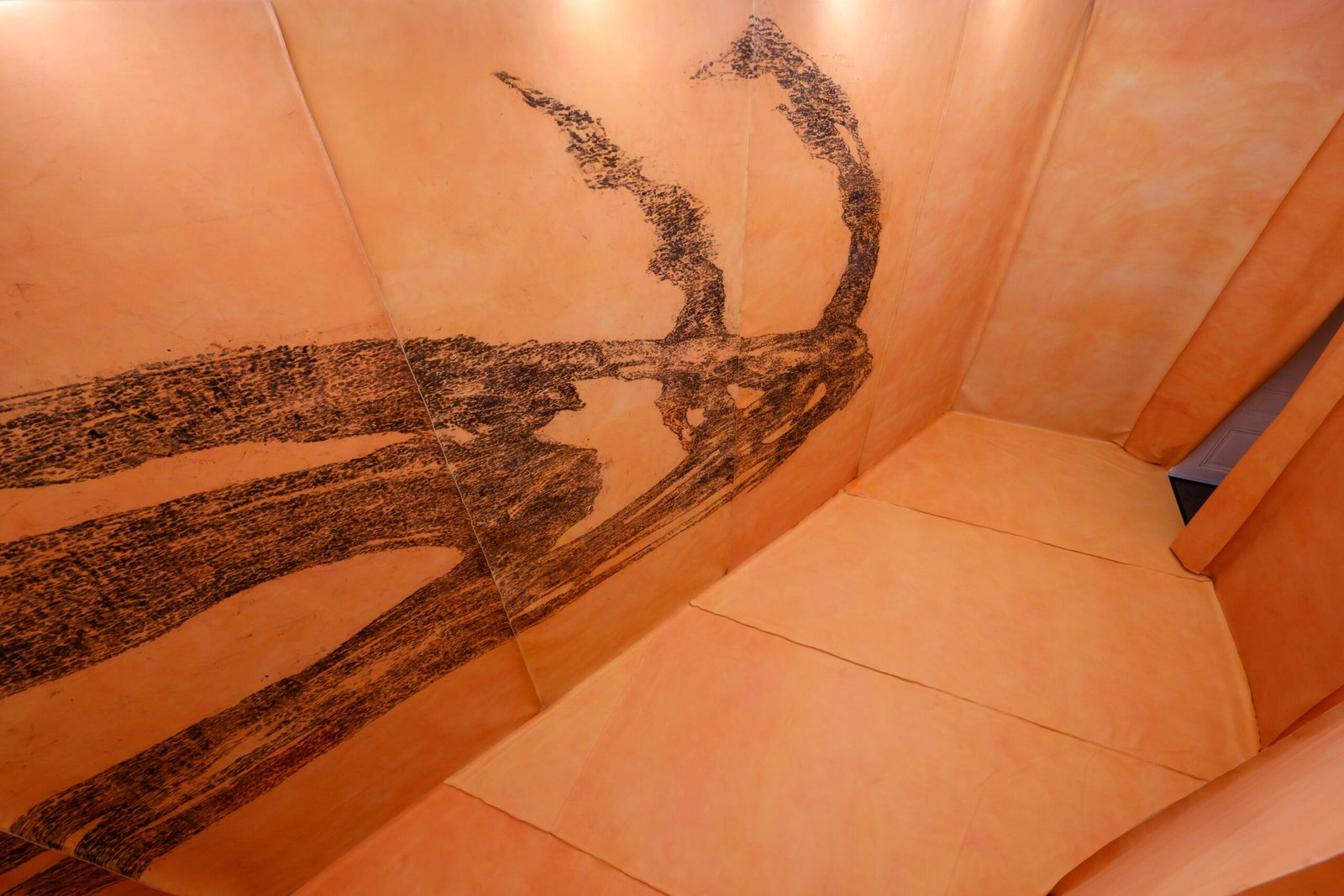
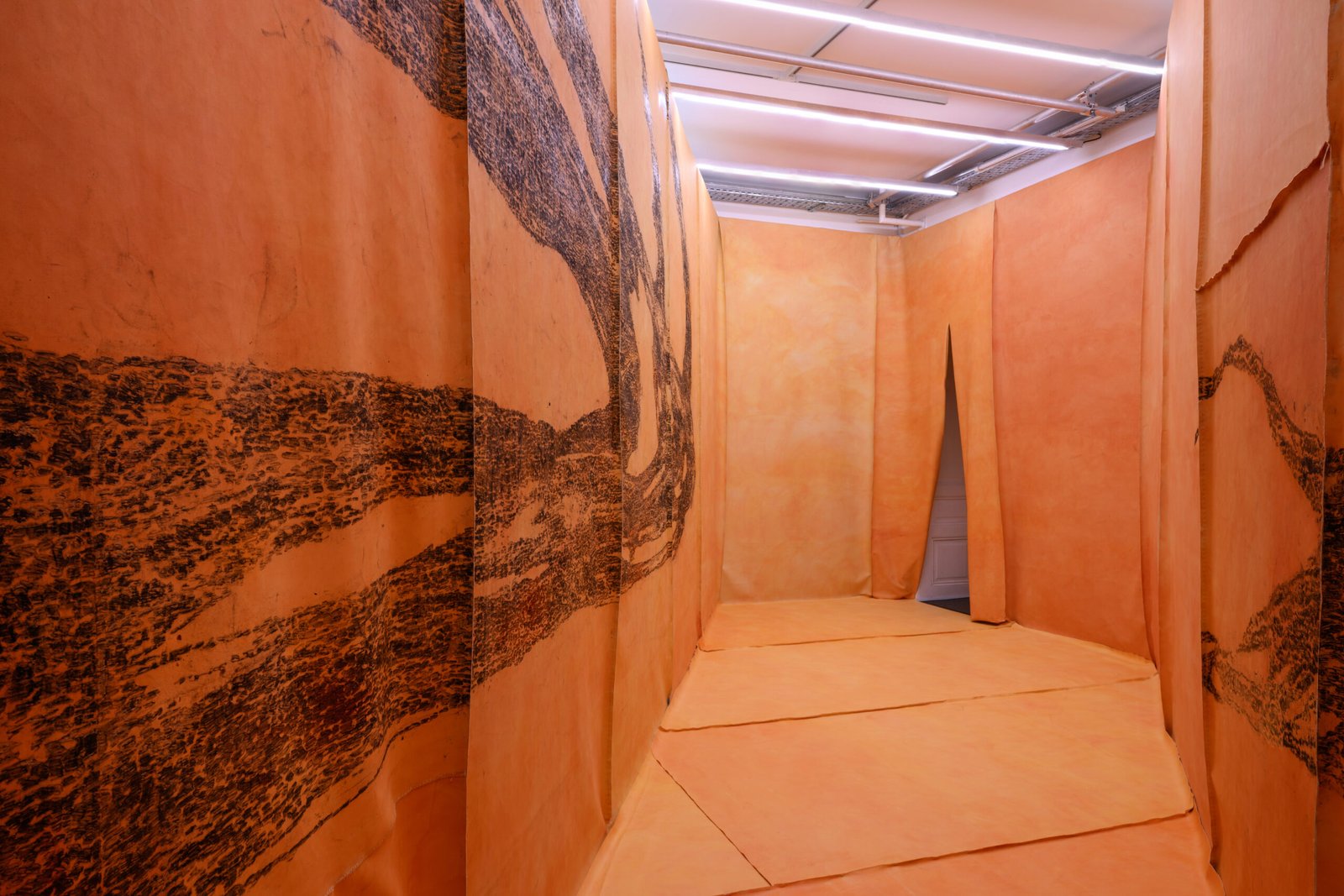
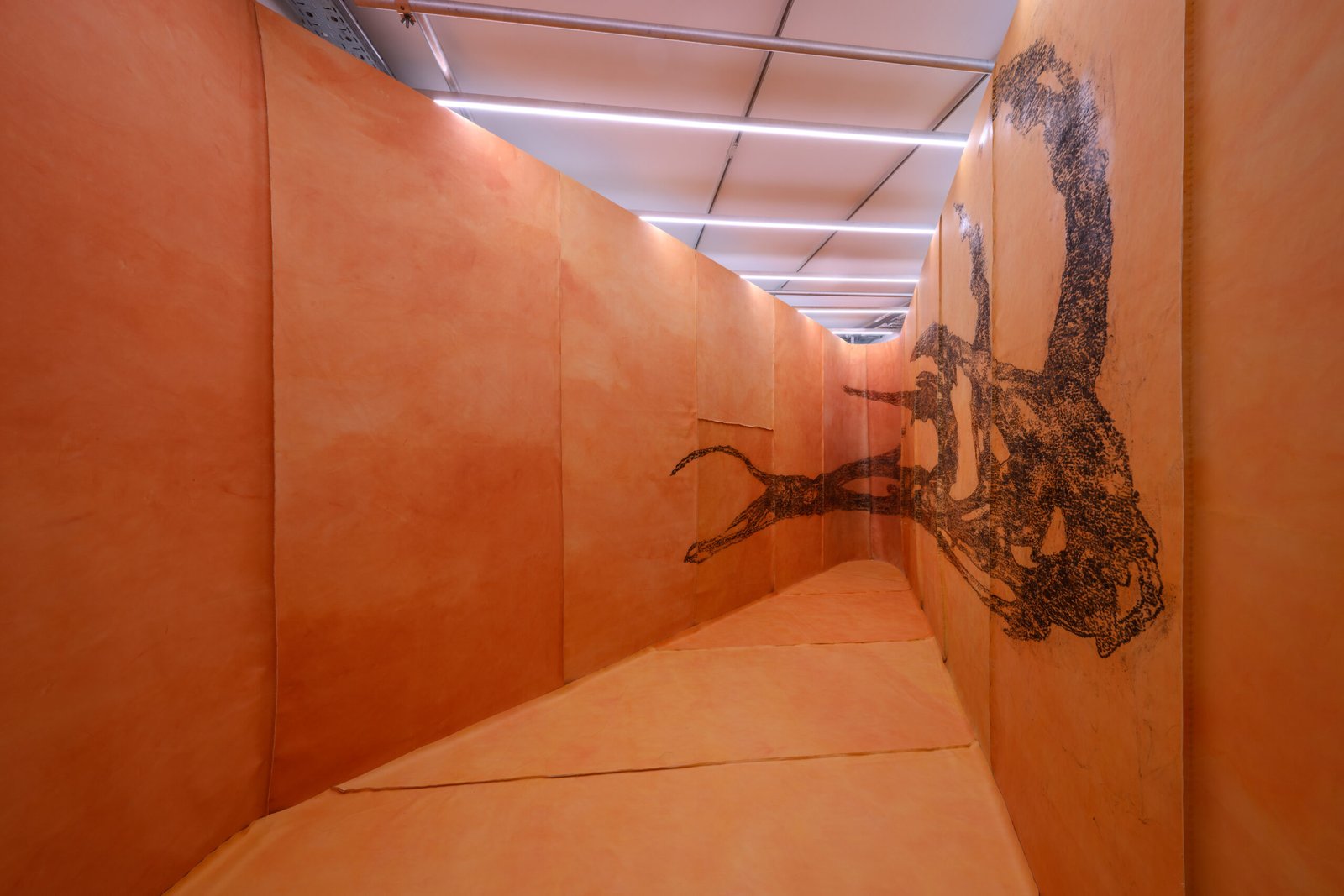
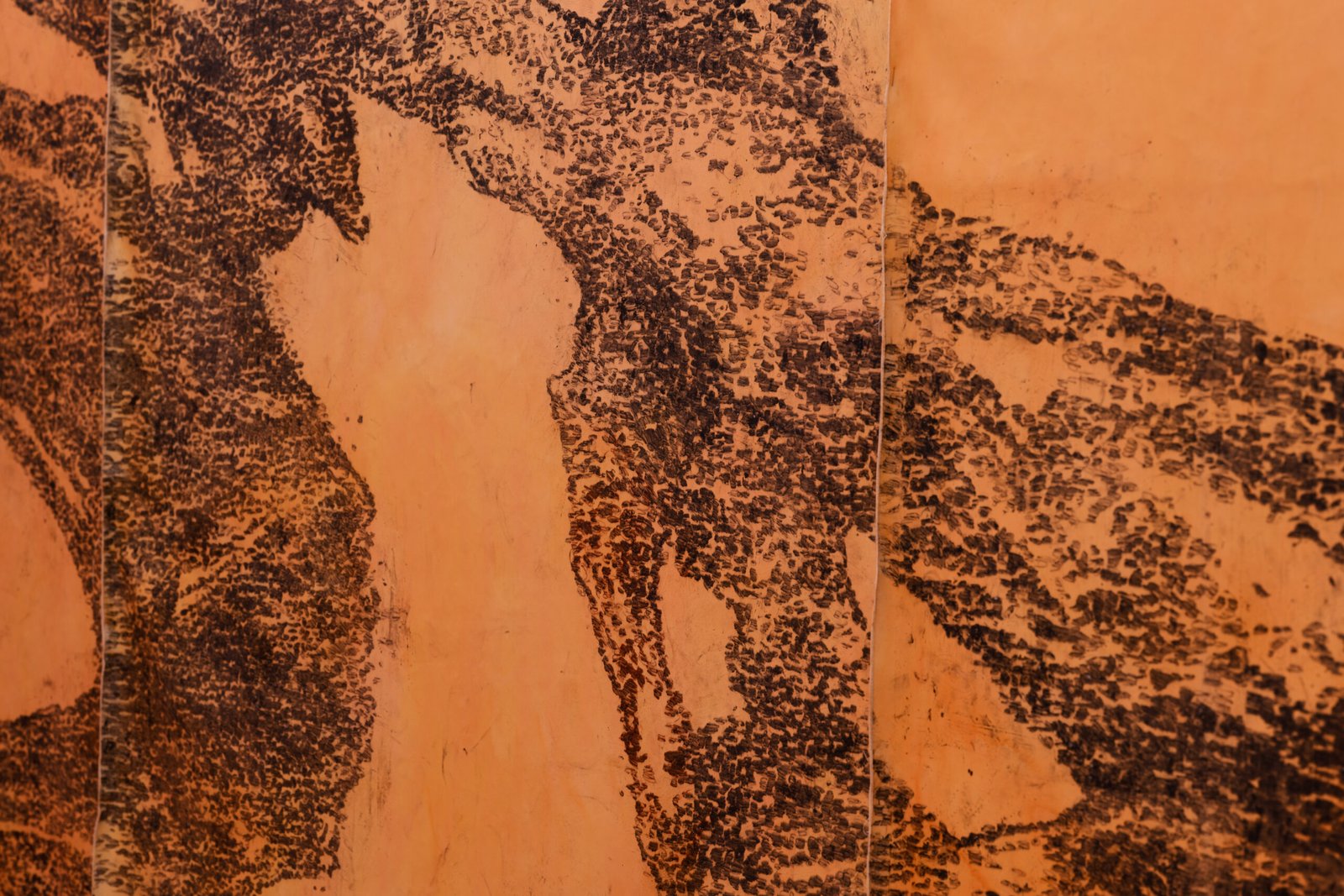
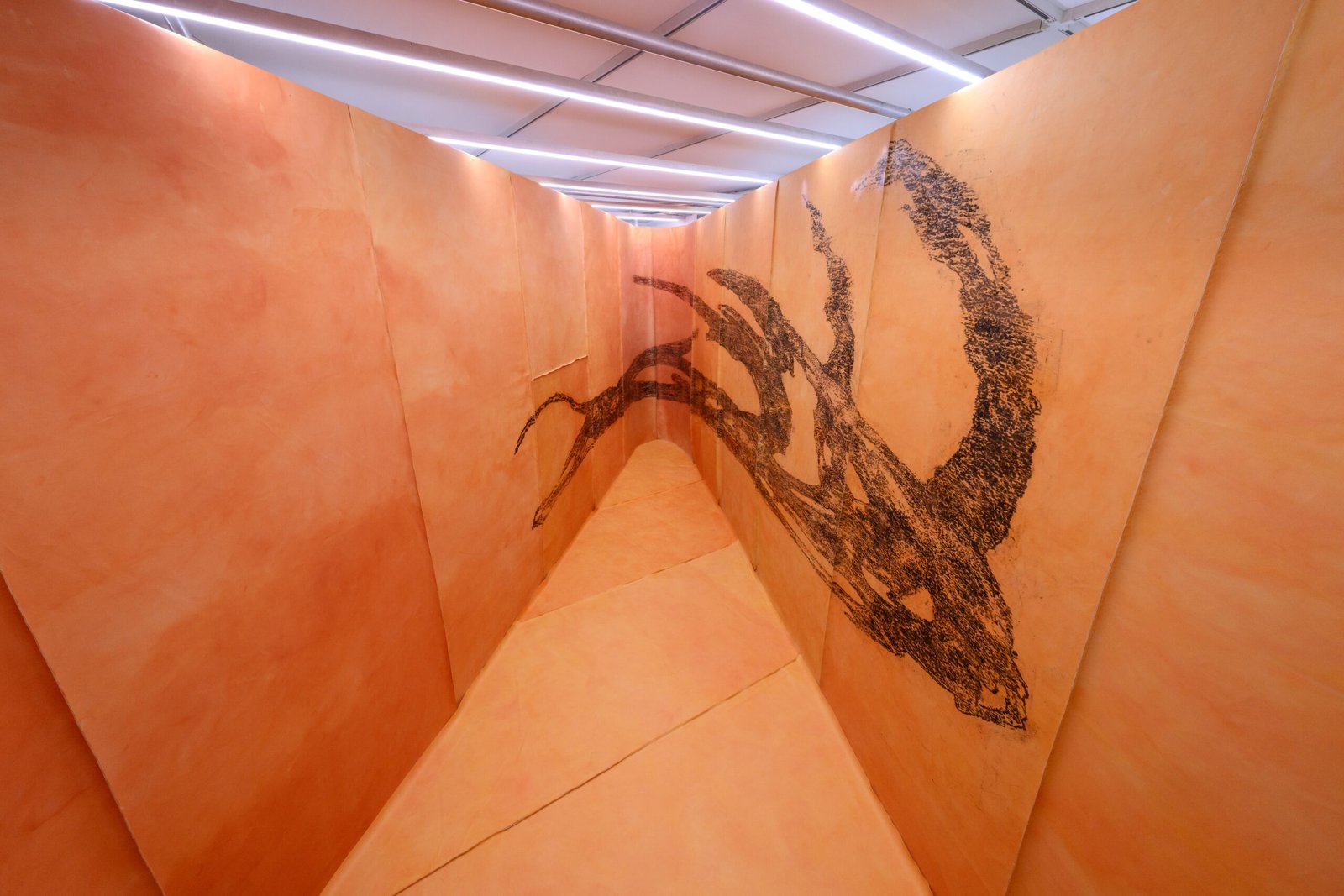
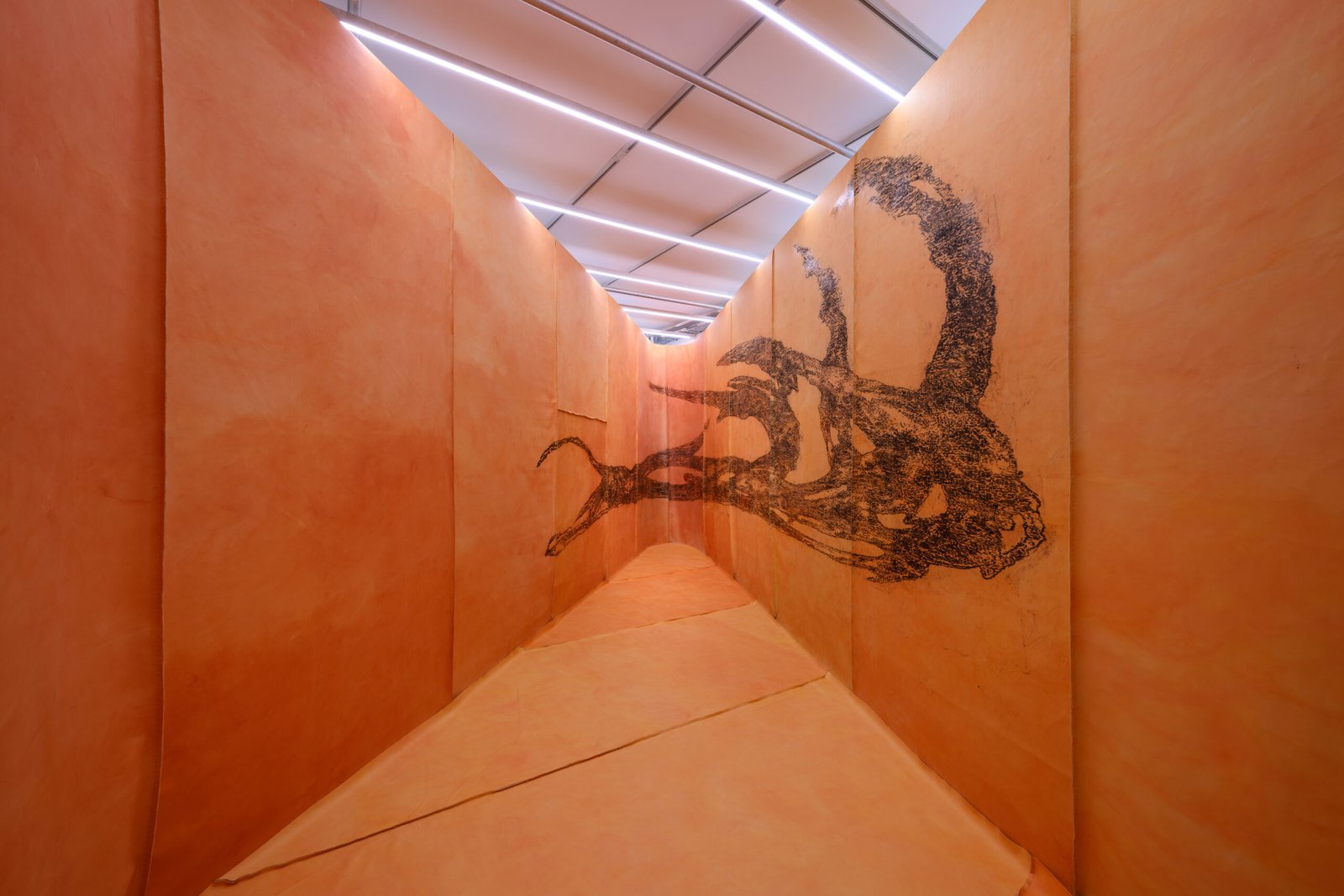
The emergence of linguistic form remains largely unknown. As the origins of language (1) reach beyond reliable traces or documentation, and as their transparency—or accessibility to analysis—is bound up with the emergence of words themselves, with language that resembles our own enough to allow meaningful comparison, any attempt to construct a definitive timeline or account of its development beyond this condition of comparability is necessarily considered speculative. Historical linguists have approached this question along several lines:
• anatomical – positing the necessary development of the brain to provide the capacities required for language (Homo erectus, ca. 1.5 million years ago)
• technological – positing critical innovations, such as tool-making (from early stone tools ca. 1.5 million years ago to watercraft ca. 40,000 years ago), whose creation and use could necessitate verbal communication, and
• cultural – positing signs of symbolic expression (ostrich eggshell beads, ca. 40,000 years ago, and later cave paintings) as the emergence of expressive, symbolic thought.
The legibility of form—and the comprehension of its genesis—depends on similarity, on the transferability of elements that enable comparison. Assimilation Complete: Autocatalytic Form Replication touches on key structural points in such emergence of form—not only linguistic form, but form itself, in its indeterminate otherness.
Assimilation Complete articulates and maps a development no longer bound to the elements of successful particular states—those that might survive and carry forward into subsequent expression. Rather, it traces unsuccessful elements—evolutionary dead ends destined to vanish. In doing so, it inevitably moves beyond the boundaries of knowledge defined by transparency and legibility into the viscous core of speculation.
The installation consists of a large-scale imprint situated within the spatial construction of artificial leather patches that serve as its environment. The imprint (2), as a technique of reproduction, destabilises the relationship between the matrix and the copy. Instead of marking a clear distinction between the original and its repetition, it generates a field of uncertainty in which every trace is simultaneously confirmation and erasure of the matrix. Within this field, form ceases to exist simply as content or expression; it asserts itself in space as an anachronistic trace, engaging the real through an enigmatic absence—the absence of the matrix—by which the drawing opens itself to the incursions of ontological contingency.
The outcome is not mere repetition but the opening of new trajectories, each carrying its own internal necessity. Hence, Assimilation Complete: Autocatalytic Form Replication is not a mere site of genesis and technical reproduction but also holds its distinct teleology. It distances itself from conventional coordinates of drawing, associated with the principles of articulation or capture, and follows instead the logic of speculative prognosis and abstract asignification, through which graphic transfer unfolds its own inherent development and flight.
(1) See Guy Deutscher, The Unfolding of Language: An Evolutionary Tour of Mankind’s Greatest Invention (London: Arrow, 2006).
(2) See Georges Didi-Huberman, Podobnost prek stika : arheologija, anahronizem in modernost odtisa (Ljubljana : Studia humanitatis, 2013).
